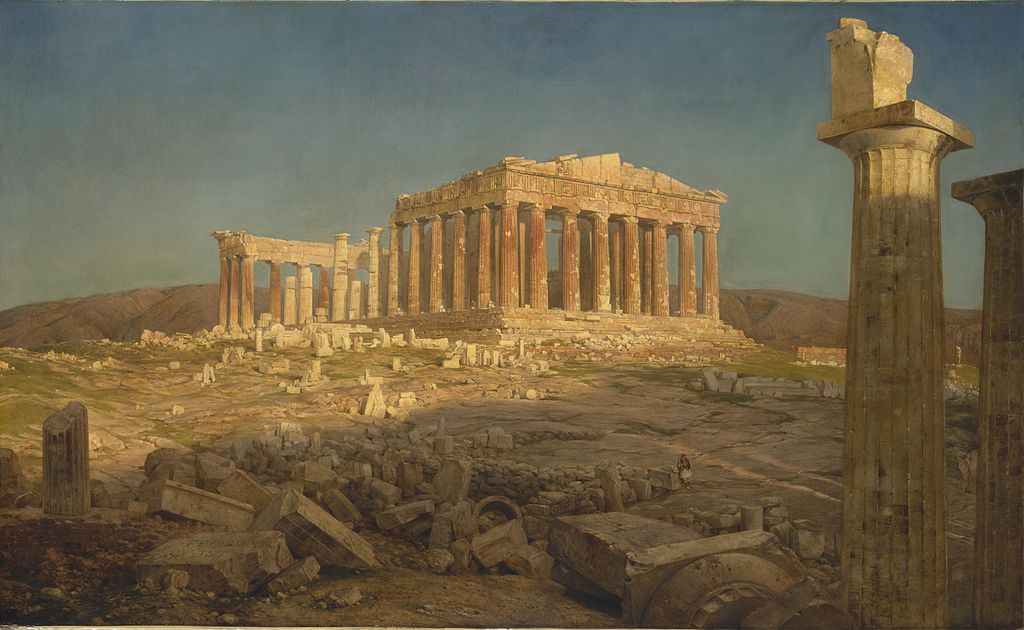Architects and designers have always had fun with their designs, playing tricks with the eye or adding hidden details, from the hidden tunnels in the Pyramids to the surprising statues on Gothic cathedrals. The iconic buildings from history have passed these down to us. These buildings are documented from top to bottom, visited by billions of tourists, and are popular culture standards. Even children know the Pyramids and Greek buildings. Sesame Street’s Bert and Ernie have explored the Great Pyramids. Donald Duck has been to the Parthenon in Greece. Despite their infamy, historic buildings are revealing new things – hidden rooms, optical illusions discovered during mathematical research, histories long forgotten. The ‘secret’ apartment at the top of the Eiffel Tower and the room behind Lincoln’s head at Mount Rushmore aren’t really secrets any more. But here are some secrets, some ancient, some modern, from famous buildings you may not have known.

Great Pyramid of Khufu, Giza, Egypt (2570 BCE)
The Great Pyramid of Khufu in Giza, and the pyramids in the Giza necropolis complex are the most famous of the Old Kingdom era pyramids. The Great Pyramid marks a shift in style from the stacked-mastaba stepped pyramid to one with smooth sides. In its heyday, it was coated with a polished, white limestone coating and a golden capstone. Its walls are decorated with elaborate inscriptions and hieroglyphics, and the inside is a confusing network of theft-deterring corridors and chambers. Pyramid construction was a community project, built by skilled laborers who may have participated in the project as part of their public service, or to have work during the “off” season on their farm. It has fascinated explorers for thousands of years, continuously one of the world’s top tourist attractions.

